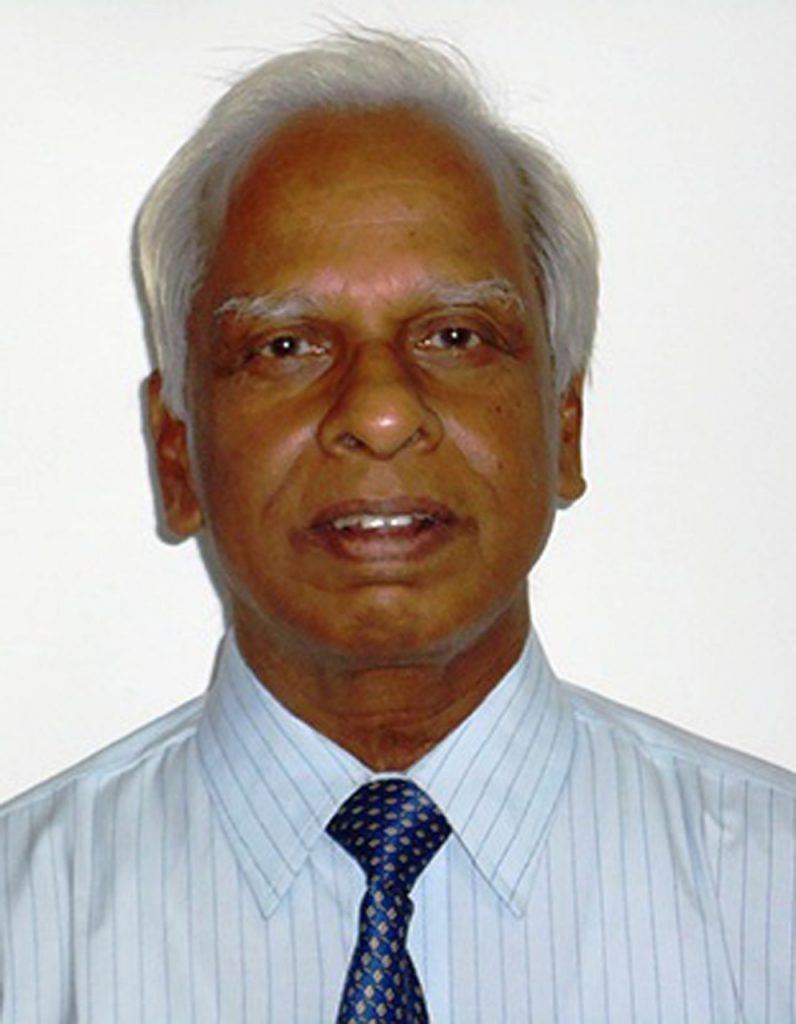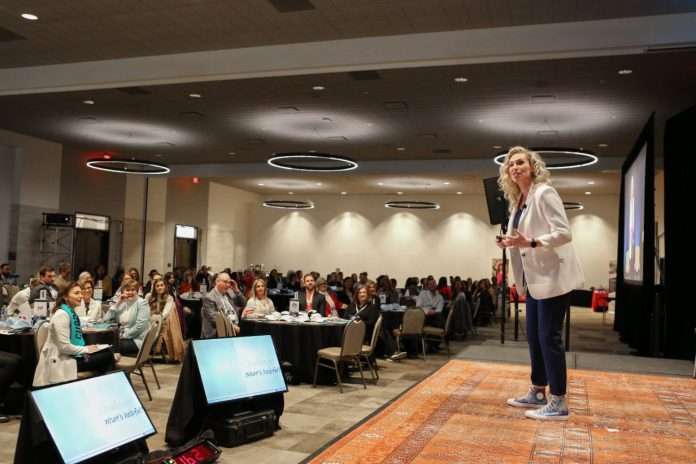In 2010, the Linguistics department of Aligarh Muslim University had organized a seminar on an unconventional topic: the historical and socio-cultural aspects of culinary terms in Indian languages. To the best of my mind, it was the first seminar organized by a linguistics department in our country on food words. If my memory serves me right, there has been so second seminar on the subject till date.
I was in the campus at that time having gone there on committee tourism, which of all kinds of academic tourism – from data gathering tourism to thesis defence tourism to selection committee tourism – is the most relaxing, and I happily joined that event as a participant-listener; that is, I wasn’t presenting a paper. Now, do not take that “listener” bit in the hyphenated word too literally. You realy don’t have to listen all the time; you could keep bombarding the paper presenters,one after the other,with your comments of whatever worth, including no worth at all, which is by no means the rare case,and your comments will escape censor because, fortunately for all in the seminar, there is no provision for comments on comments in the seminar.
The papers were informative and some were interesting as well butas far as the history of the culinary terms was concerned, there wasn’t much.A list of borrowed words in an Indian language and the source language in the case of each borrowed word, has its uses but it isn’t quite appetizing intellectually. Then instead of culinary terms, most papers dealt North Indian food items, most of which were non-vegetarian.
Quite understandable – the non-vegetarian bit, that is. No matter how thoughtfully it is prepared, can an arbi dish or a cabbage or a brinjal dish have the aroma or the taste of rogan josh, chicken chettinad or butter chicken?No surprise, then, that the non-vegetarian dishes are more highly valued in our society than the vegetarian ones.Fora Bengali, if you invite a guest home and do not serve him (her or them) non-vegetarian food, it amounts to humiliating him, says Aditi Ghosh, the linguist. The same holds for the Odias and people elsewhere in our country, I suppose. Now, all generalizations leak and so does this. But let’s keep the exceptions for another day.
And it’s not just a matter of our times. Our ancestors consumed meat. Guru Drona was a meat-eater and in the Kuru household, only Yudhisthira was a vegetarian, going by Sarala Mahabharata. Whether this is in any way connected with his being the only one to enter the abode of the gods without passing through death, I cannot say because I do not know. The poet says nothing about it explicitly.
Listening to the description of the process of the preparation of the non-vegetarian dishes with exotic names in presentation after presentation was certainlya pleasing experience. The nostrils experienced the aroma as the ears heard the words,describing the frying of the spices and the subsequent cooking of the meat with those spices. Being in my late sixties, I was in that state whenthe most reasonable attitude to rich, non-vegetarian food, say the wise,has to be this: be content with listening to talk about such food or reading about it anddo not give in to the demands of the nostalgic tongue. But there is no reason for you to feel uneasy that you are disconnected from such great food. Didn’t the ancients say aghrana is ardhabhojana (smelling food is half-eating food)? Wejust have to add this to the wise words: shravanais ardhabhojana (listening to talk about a food item is half-eating it).Putting it differently, when you are no more able to eat such food, all is not lost for you because, if you develop the right mindset – it’s worth it – you will have the experience of eating by just listening to talk about it or reading about it. It’s much safer that way. Rich food can trouble the stomach but evocative words do not, exceptional cases apart!
But why talk about the preparation of food in a seminar on culinary terms? Talking about a word is one thing; talking about its referent is another. When the “purist” linguists talk about a word, they inform us about how it is pronounced, its grammatical features and its basic meaning. But the meaning may not be of help in making sense of the object the word refers to. For example, “poda pithaa” in Odia means cake roasted in fire (irrelevantly, podaa pithaa means burnt cake). Now the poda pitha that is offered to Lord Jagannath is not roasted in fire. The food historians of Jagannath Temple might throw some light on why, then, it is misleadingly called “poda pitha”. I do have some half-baked idea about it but I prefer not to say what it is because a half-baked idea is like half-cooked meat. The “consumer” suffers in each case. As for the object and the talk about it, is the lake Chilika, a waterbody, the same as the Chilika you experience in Radhanath Ray’s celebrated poem “Chilika”? Or are the daffodils one sees in one’s mind’s eye in William Wordsworth’s famous poem “Daffodils” the same as the daffodils one sees with his naked eye in the meadows in England? The description transforms the object into something that is much more, in one way or the other, than the object it describes.

In any case, a word becomes a fascinating object of study when one talks about its use. It’s also fascinating to study its history, particularly if it is a borrowed word. Often the word doesn’t come alone; it comes with the object which it names. Its story is about from which language it was borrowed and why from that language; it’s about under what conditions it was borrowed, how long it took to move from the periphery of acceptability to full acceptability by the recipient language and what form it took when it got nativized. Some fifty years ago,potato was still called bilaati aalu (potato from England) in many parts of Odisha, but now, on account of its popularity, it is called just aalu. But interestingly, tomato, which is as popular, is still called bilaati baaigana (brinjal from England) and never just baaigana. As for some similarity, both vegetables are still excluded from the kitchen of Lord Jagannath, for example, and consequently from the discourse of food offering in this Temple. After all, isn’t language a carrier of culture?
Incidentally, as of now, the facts mentioned above have not found mention in academic discussions on borrowed words in Odia.Linguists do not deal with the cultural aspect of the words. They leave it to the lexicographers, that is, the dictionary makers. But the lexicographers often ignore cultural information in their entries. We don’t but they know who they leave it to. All we know is that these lexicographers are no Samuel Johnsons.
It is possible that the lack of serious interest in food words by language experts in our country is a reflection of the non-serious attitude that our intellectuals in general have towards culinary discourse. Dining table talk, in my opinion, is a cultural borrowing, which is undergoing the process of nativization. As far as Odisha is concerned, it is still restricted to the urban educated. Now, dining table talk is hardly about the dishes on the table, and even when the dishes do figure in the conversation, it is in a manner that is neither sincere nor serious. After enjoying a well- cooked meal, one does praise the cooking and sometimes asks for the recipe, but all this is really politeness discourse, not culinary discourse, and as such, the asker receives noresponse. If the guest insists on information about the recipe, etc., it is sometimes seen as condescending behavior on his part towards the host and is not liked by the hostess.
Well, all said, it was really good that the linguistics department of AMU thought of organizing a seminar on the much- neglected topic of culinary terms.
(The views expressed are the writer’s own)

Prof. B.N.Patnaik
Retd. Professor of Linguistics and English, IIT Kanpur
Email: [email protected]
(Images from the net)

